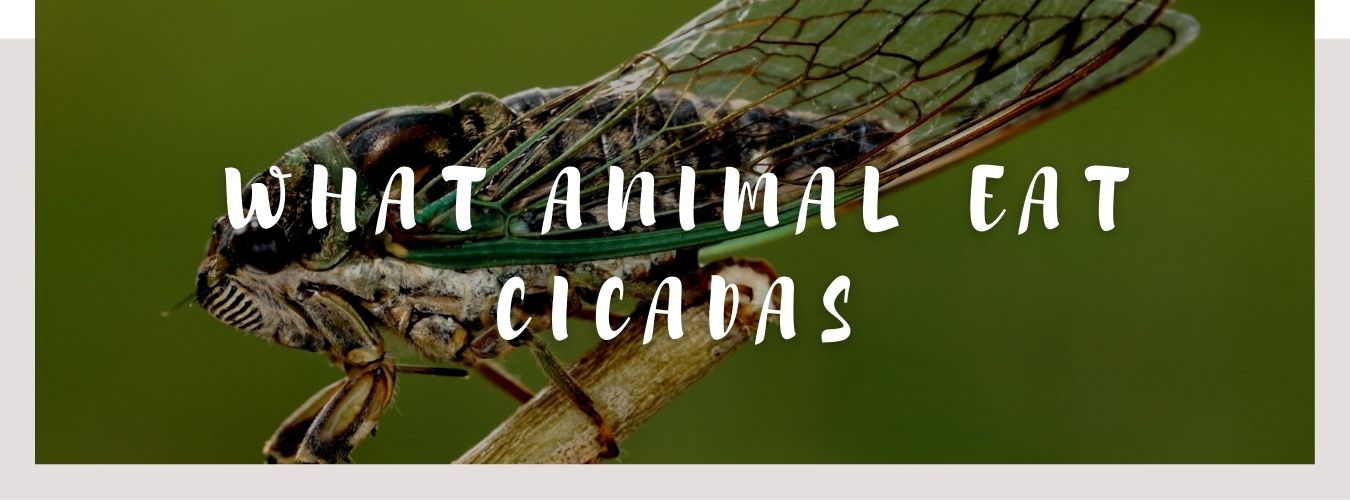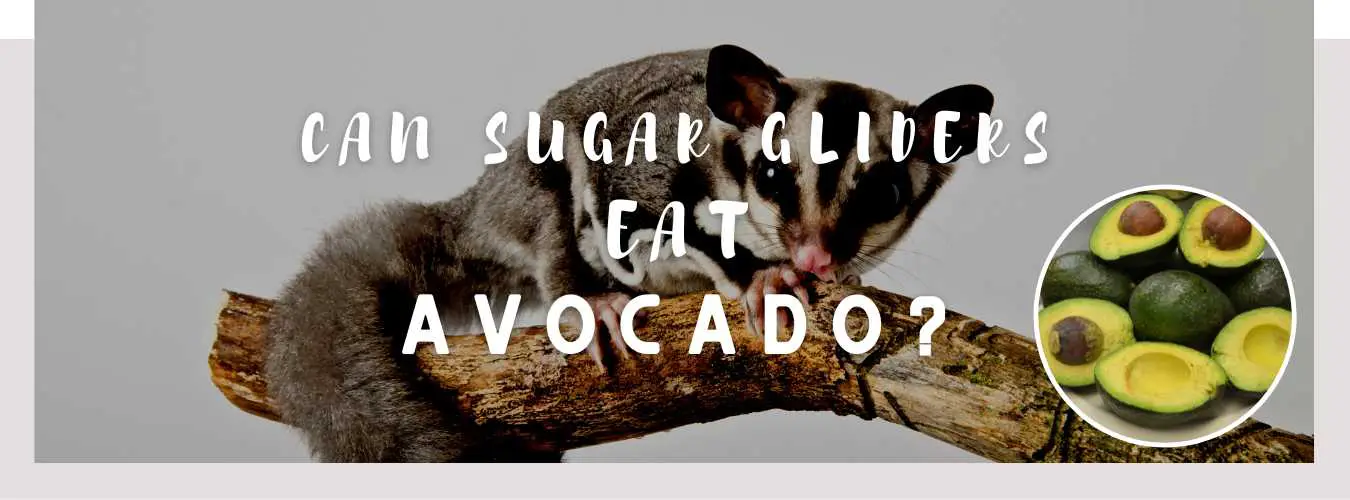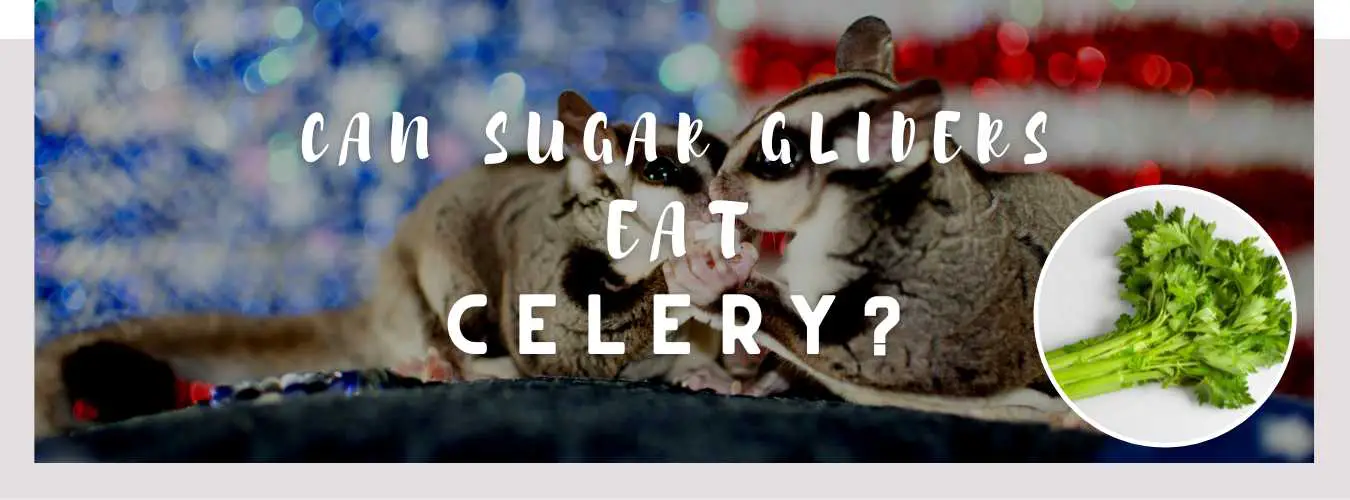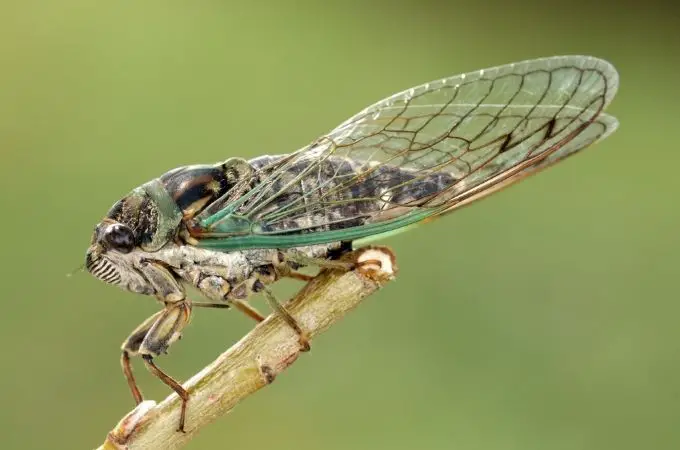
Cicadas – The Treat Almost Every Animal Eat
According to National Geographic, cicadas are insects with stout bodies, broad heads, clear-membrane wings, and large compound eyes. There are more than 3,000 cicada species—some show up every 13 to 17 years, while others emerge annually.
As the weather warms, millions of cicadas appear in the Eastern United States, especially in Maryland, Indiana, and Pennsylvania.
So, what animals eat Cicadas?
The short answer is that almost every animal gets in on the cicada feeding bonanza, from squirrels to snakes, domesticated pets, birds, and even humans.
Can Humans Eat Cicadas?
The thought of biting into a six-legged cicada is not appetizing, to put it mildly, be it deep-fried or dipped in chocolate. But insects make for a great and tasty bite when thoughtfully prepared. Insects have been eaten for decades, and cicadas are no different.
Cicadas are a nutritious meat alternative, high in protein and minerals, and are a sustainable food source because they do not require a lot of land, water, and feed. Although small, they significantly impact humans.
Although a swarm of cicadas seems menacing, they are harmless. Cicadas are in dishes such as Tempura Cicadas, Singing Sushi, or Flaming Cicada Fondue.
There are some concerns when eating cicadas.
- Cicadas are well-known bio-accumulators of mercury.
- You could choke on their hard body parts.
- You could have an allergic reaction. Don’t even think about eating them if you’re allergic to seafood.
Canines Are Going Bananas Over Cicadas
For pet pooches, the crunchy cicadas offer a reprieve from their dull, daily dog food bowl.
Is it safe for your canines to eat cicadas? Yes. Your pets will be fine if they eat a few cicadas. Some canines go “cicada-crazy” and have to be muzzled when going outside for fear they might swallow too many cicadas and suffer gastrointestinal problems.

Cicadas – The Flying Feast For Felines
Cats like to chase after their prey. People worry that the cicada will get stuck in a cat’s throat because cats have small digestive tracts. But since a cat can eat a whole mouse, it can digest a cicada.
Consuming too much of anything, including cicadas, can lead to lethargy, diarrhea, and vomiting. So limit them to a few.
You might also like: Can Bearded Dragons eat asparagusat Do Bears Eat?
Risks Of Cicadas To Pets Or Other Domesticated Animals
Pets can eat a few cicadas. Be cautious and keep a close eye on them for odd behavior, and don’t let them gorge themselves.
Pet-related concerns:
- Pets can choke on the rigid wings and other hard body parts of the cicadas.
- Pets will gorge themselves on cicadas and possibly become ill and vomit.
- Pets who consume cicadas sprayed with copious amounts of pesticide can die.
- Pets might have an allergic reaction to the cicadas just as people do.
We recommend that you do not let your pets eat wild cicadas.
Wild Birds That Love To Eat Cicadas
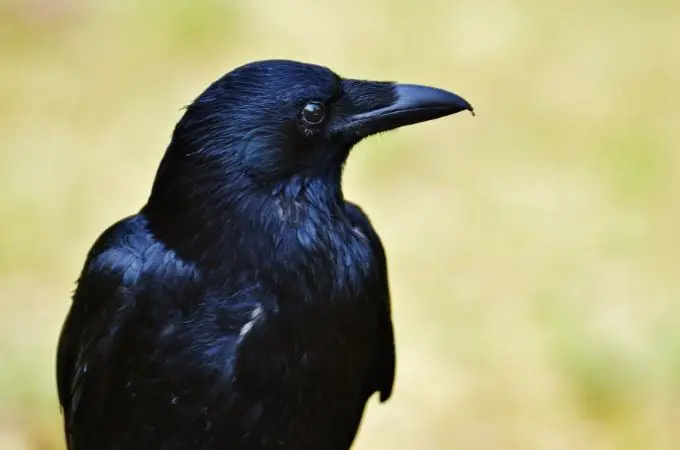
Let’s look at some of the bird species pecking away at cicadas. Almost all birds love eating cicadas. Smaller songbirds like robins and sparrows enjoy eating the nymphs, while predatory birds eat nymphs and adult cicadas.
Cuckoos
Cuckoos are popular birds found worldwide, from woodlands to lowlands to meadows. They get their name from the cuckoo sound they make. These birds are predators of invertebrates and insects, including cicadas.
Woodpeckers
More than 15 species of woodpeckers eat cicadas.
Raven
Ravens are large black birds that live in the forests of North America. They are excellent hunters who can quickly snatch up food from the ground or even steal it right out of your hand.
They will eat just about anything they can find, including cicadas.
Robin
The Robin is a springtime songbird. It’s not uncommon to see American Robins flitting around near homes digging their beaks into the ground and pulling out earthworms.
Though we associate robins with suburbia, these birds inhabit mountains and forests. The robin is a voracious predator of annual cicadas.
Warblers
These are families of insect-eating songbirds. These small but colorful birds nest in trees mostly near wetlands and water bodies across central and northern America.
Warbles love to eat cicadas. Cicadas become a primary source of their food during the brooding season.
Starlings
These are medium-sized colorful birds that nest in the crevices of buildings and roofs.
These birds eat almost everything, from grasshoppers and spiders to cicadas which are their favorite food.
Owls
With large eyes, powerful talons, and hooked beaks, owls have excellent night vision to find their prey in total darkness.
Larger species hunt mammals such as rodents, but smaller species of owls predominantly feed on invertebrates and large insects, including beetles and cicadas.
Are Cicadas Healthy For Birds?
Cicadas are healthy and edible for most birds.
- Scientists believe that in the brooding season, birds get more food than usual. They feed their chicks this high-protein food, and as a result, the population of most bird species spikes right after the cicada season.
- The nutrient composition varies depending on the species and age.
- Like other insects, cicadas are 50% protein, a higher percentage than red meat.
- They also contain essential nutrients like calcium, iron, magnesium, potassium, and zinc.
Wild Mammals That Hunt And Kill Cicadas
Anteaters
Anteaters are big predators of cicadas. They have almost perfect structure and technique to swallow thousands of ants or other critters each day.
Anteaters have a long tongue with sticky saliva, which they use to lick up their prey. Anteaters do not have teeth, so they cannot chew food but instead swallow it whole.
Their stomachs have evolved to allow them to digest bugs easily without breaking down their exoskeleton or wings. So cicadas are a big treat for these animals.
Opossums
As omnivores, opossums eat both plants and animals such as insects, snakes, rodents, and fruit.
Opossums are ferocious predators of cicadas. You will usually see them scavenging for food at night because they sleep in trees or on roofs near water sources during the day.
Skunks
Skunks live in forests and grasslands, where they eat small animals like insects, frogs, and rodents.
Skunks can also change their diet with the season and eat berries or shrubs when abundant. These smelly little animals are natural pest controls. So when the season comes, cicadas become part of their primary diet.
Bobcats
Bobcats are the smallest of all wild cat species native to North America but have similar diets to their larger relatives. They hunt small mammals, birds, and reptiles.
In summer, their diet is supplemented by a large number of cicadas. These wild animals can eat many of the critters as their digestive system is more adaptive than domesticated cats.
Red Fox
Red foxes are common predators that can be found throughout the northern hemisphere. They eat small animals like rodents, squirrels, ducks, and rabbits, but one-third of their diet consists of invertebrates like crickets and cicadas.
Raccoons
These bushy little mammals are native to North America. Usually, the raccoon’s diet varies depending on whatever food it can scavenge.
They are omnivorous, so they eat berries, nuts, watermelons, and small animals like frogs and rodents. Raccoons, however, prefer to eat invertebrates like cicadas and other insects.
Squirrels
Squirrels are probably the most commonly sighted rodent. Most people don’t mind these cute little mammals hopping around gardens.
Squirrels are fond of nuts, berries, and seeds, but when cicadas are available in considerable numbers in summers, they don’t mind adding a few to their diet.
Rats
Rats are a common rodent that humans come across in their day-to-day lives. They live all over the world and eat anything which makes them difficult to control.
Rats have a varied diet, but typically, they enjoy nuts, berries, corn kernels, and other grains. Rats will readily go for cicadas and other insects if given a chance.
Bats
Bats are flying mammals that live in colonies and eat a wide variety of food. About 40 species of bats live in the USA, and most eat insects, including cicadas, as their primary food source.
Although some species also prefer fruits and pollen, these nocturnal animals are the biggest predators of cicadas.
You might also like: can bearded dragons eat bananas?
Are Cicadas Good For Mammals To Eat?
- Cicadas are harmless and non-toxic to predators.
- They supplement protein and are a source of extra nourishment.
- They help support healthy population growth each year.
- Some studies even suggest that with each new emergence of periodical cicadas every seventeen years, the animal and bird populations increase because they have such an abundance of food.
Reptiles And Cicadas
Snakes
Cicadas draw snakes out of hiding. Any snakes found basking on rocks while snapping up cicadas have crawled out of their dens to eat them.
One of the many effects of the cicada season is that any snake populations that were able to enjoy the cicada harvest will likely survive longer and reproduce in greater numbers. Many young snakes are usually born in the year following a cicada’s emergence.
If you’re heading out into the woods to observe cicadas and take photos, you should ensure you don’t accidentally cross paths with a startled copperhead.
Here are a few tips to ensure that you stay safe during your summer adventure:
- Stay at least 10 feet away from copperheads. Once you get closer, you risk an actual bite.
- Walk slowly when approaching rocks, trees, and other areas where a copperhead might be lurking. Startling these snakes is the easiest way to get bitten.
- Wear tall shoes made from leather or another thick material. Even if you get nipped, the shoe should keep you safe.
- If you get bitten, call 911 immediately and stop moving to ensure the venom doesn’t spread.
Cicada emergence is an amazing spectacle.
Bearded Dragons And Other Lizards
Cicadas are safe, protein-packed insects for bearded dragons and other lizards. Feeding cicadas can be a source of nutrition and enrichment for lizards, but be careful when selecting cicadas as potential insects for food for your pet beardie.
For more information about bearded dragons and cicadas, please visit Can bearded dragons eat cicadas?
Even Insects Eat Cicada Bugs
About Cicada Killer Wasps
Mild-mannered cicada killer wasps start emerging from the ground in early summer, just after the annual cicadas start singing. After mating, the adult female wasps begin excavating new tunnels that run 12 to 15 inches below the soil.
Each nest contains about 15 chambers, and each chamber contains one to three paralyzed cicadas and a single egg. Once a chamber is finished, the female seeks out a cicada, paralyzes it with a sting, and drags it back into the prepared nesting area.
The wasp then lays a single egg on a paralyzed cicada, seals up that chamber, and starts tunneling out a new one.
Cicada wasp killer eggs hatch in about three days, and the young larvae feed on the cicadas for just over a week. They stay beneath the soil in a silken case during winter and emerge as adults the following summer.
Cicada wasp killer populations can grow quickly because about 40 percent of the larvae survive into adulthood.
Something Fishy About Cicadas
The emergence of Cicadas bring the largest fish in a given body of water- stream, river, and lake, to the surface in a feeding frenzy. Fly anglers should be prepared to take advantage of this opportunity. A little research and preparation could bring about excellent fly fishing experiences.
Conclusion
Cicadas have been around for over 300 million years, so it is no wonder they are a big part of the food chain of mammals, birds, reptiles, and amphibians.
While wild animals are used to hard diets, your pets might not be able to handle too many cicadas.
Although these insects are nontoxic to animals, make sure they don’t overdo it, or they will develop gastric intestinal tract infections due to the hard exoskeletons. Keep an eye on them and be attentive to any potential complications from eating too many cicadas.
Contents
- 1 Cicadas – The Treat Almost Every Animal Eat
- 2 Can Humans Eat Cicadas?
- 3 Canines Are Going Bananas Over Cicadas
- 4 Cicadas – The Flying Feast For Felines
- 5 Risks Of Cicadas To Pets Or Other Domesticated Animals
- 6 Wild Birds That Love To Eat Cicadas
- 7 Are Cicadas Healthy For Birds?
- 8 Wild Mammals That Hunt And Kill Cicadas
- 9 Are Cicadas Good For Mammals To Eat?
- 10 Reptiles And Cicadas
- 11 Bearded Dragons And Other Lizards
- 12 Even Insects Eat Cicada Bugs
- 13 Something Fishy About Cicadas
- 14 Conclusion

